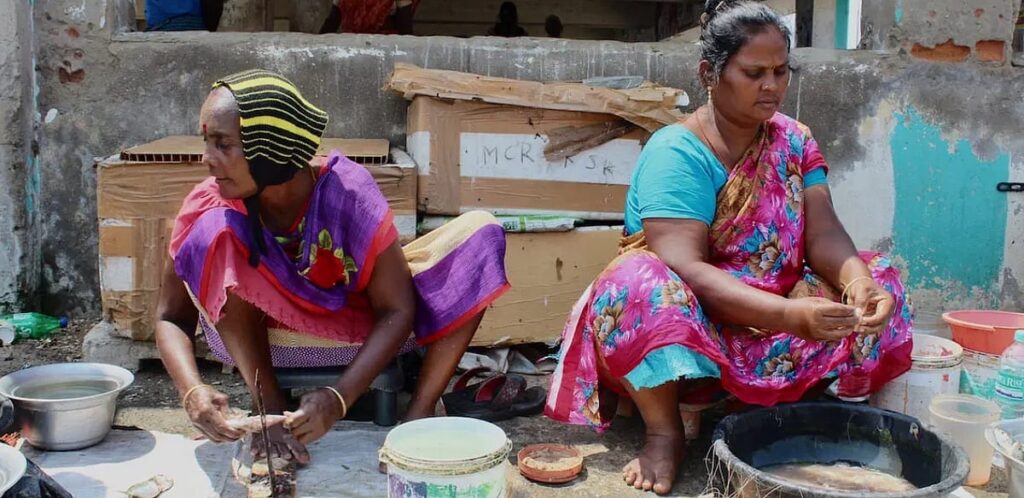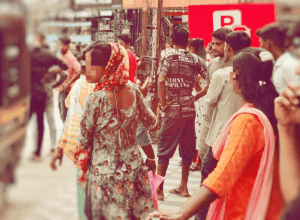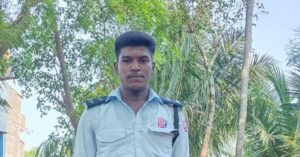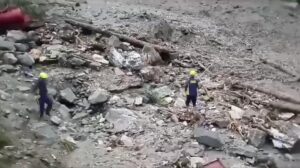Anthony Ammal, a 43-year-old fisher from the coastal hamlet of Pulicat in Chennai, begins her day long before the sun scorches the concrete beneath her feet. Her mornings are occupied with preparing her two daughters for school and ensuring they are fed before she steps out. She then makes her way to the Pazhaverkadu fish market, where she labours for approximately 15 hours each day.
As she settles into her allocated spot to clean the day’s fresh catch, the sun begins to blaze overhead, and the humid breeze offers little relief. Her sunburnt skin stings each time the salty sweat runs down her arms and face. The heat clings to the air like a heavy blanket, slowly draining her energy. Anthony Ammal removes the fine veins from the prawns with painstaking precision, even as every passing hour brings fresh pain to her aching legs, bent in a squat on the burning concrete.
“The sunburn on my skin is the least of my concerns, as I have larger issues of making ends meet,” says Anthony Ammal.
On the day I met Anthony Ammal at the Pazhaverkadu Market, the temperature had reached 37°C, but with the high humidity, it felt closer to 40°C.
A study conducted by the Urban Lab at the Centre for Science and Environment (CSE), which analysed summer temperatures in India’s megacities since 2011, revealed that Chennai is the hottest among them, with an average summer heat index of 37.4°C, primarily due to elevated humidity levels. At this temperature, the wet bulb temperature can reach 32.49°C. When wet bulb temperatures surpass 30°C, they pose a potentially fatal threat to anyone working outdoors.
Despite the harsh conditions, the fisheries sector, often called the ‘Sunrise Sector’, earned ₹60,523.89 crore in seafood exports in 2023–24. The Pazhaverkadu market alone makes up to ₹1 crore on most days. Still, many like Anthony Ammal, one of India’s 30 million who contribute significantly to the fishing economy, struggle to survive, earning a meagre ₹200 per day.
As heat waves tighten their grip on Chennai, the rising temperatures pose serious threats to the city’s coastal communities, affecting their health and livelihoods.
Read more: Explained: How heat waves and chronic heat stress affect lives
The role of women in the fishing economy
Pulicat’s fishing hamlets engage in both marine and inland fishing, each with unique territorial rights and traditional methods. For instance, in the lake’s southern stretches, tribal women still harvest prawns by hand in shallow waters, marred by decades of industrial pollution in North Chennai.




